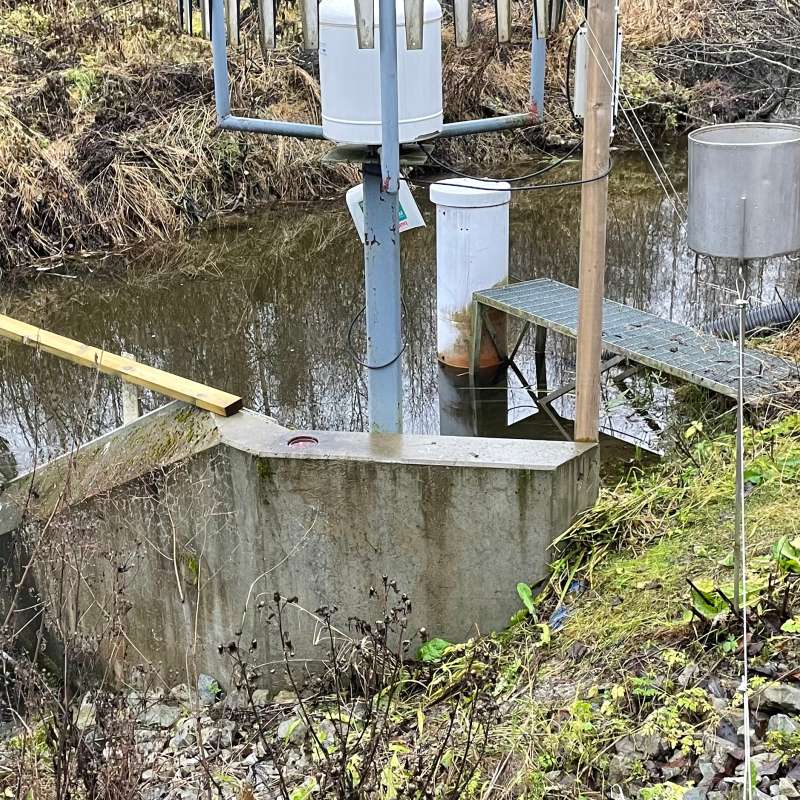Anne Falk Øgaard
Seniorforsker
(+47) 958 40 040
anne.falk.ogaard@nibio.no
Sted
Ås - Bygg O43
Besøksadresse
Oluf Thesens vei 43, 1433 Ås (Varelevering: Elizabeth Stephansens vei 23)
Vedlegg
CV 2018Biografi
Utdanning/kompetanse: Doktorgrad (Dr. Scient.) i jordfag fra Norges landbrukshøyskole i 1995.
Arbeidsområder:
-Kilder til fosfortap fra jordbruksarealer
-Resirkulering av fosfor i organisk avfall
-Plantetilgjengelig fosfor i organiske resirkuleringsprodukter
-Jordanalyser
-Planteernæring
Rapport – Bruk av biorest til produksjon av plengras
Arne Sæbø, Joan Homet Salvans, Anne Falk Øgaard
Sammendrag
Digestate from the biogas facility of IVAR at Grødaland, Rogaland County was tested for fertilizer effects in the production of turf gras in a pot experiment at NIBIO Særheim. Digestate was applied to the pot soil, with quantities equivalent to 0, 5, 10 and 20 kg N/daa and compared to mineral fertilizers with the same N-quantities. Germination of the gras seeds was not affected by neither digestate nor mineral fertilizers. The biomass production was largest when fertilized with mineral fertilizer, which increased the gras growth also when 5 kg N/daa was applied, with maximal yield reached at 10 kg N/daa. Digestate increased biomass production significantly, with approximately the same biomass increase from levels of 5 to 10 and to 20 kg N/daa. The digestate had a lower nitrogen use efficiency than mineral fertilizers, due to lack of complete mineralization, or delayed mineralization compared to the time of the plant’s needs for N.
Sammendrag
Det er ikke registrert sammendrag
Sammendrag
Gjennom god agronomi og god forvaltning av nitrogenressurser forebygges tap av nitrogen. De viktigste tiltakene mot avrenning av nitrogen fra åkerarealer er balansert gjødsling, fangvekster, grasdekke, og ingen jordarbeiding om høsten. Rensetiltak for nitrogen i jordbruksavrenning, for eksempel våtmarker, er ikke tilstrekkelig utprøvd under norske forhold, men kan også være effektive tiltak.

